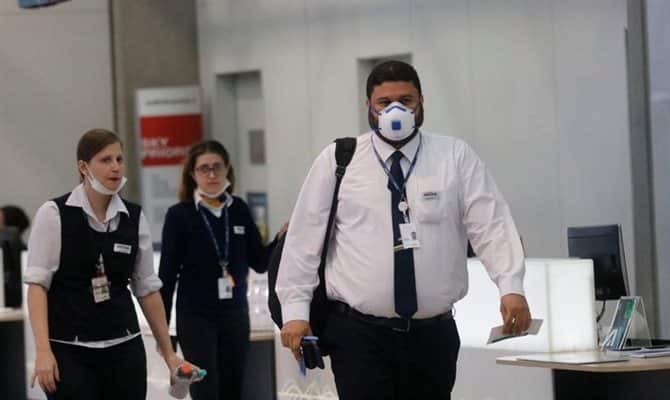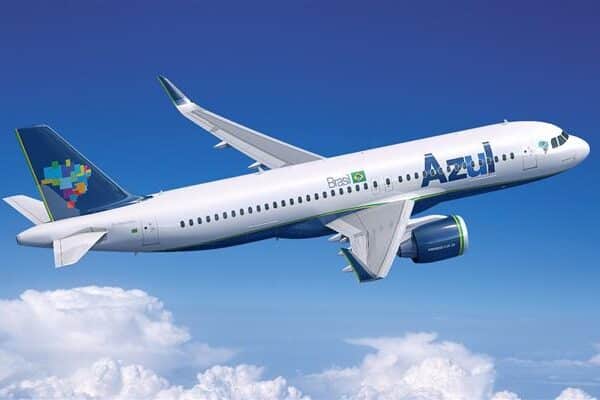On Tuesday (19/5) the new sanitary measures for Brazilian civil aviation were published, such as the reinforcement of the need for passengers to wear a mask during the entire trip, rules for the on-board service, and the maintenance of social distance from at least two meters at airports.
The update of the health protocol was published by the National Health Surveillance Agency (Anvisa) and has been implemented in the sector by the Working Group coordinated by the National Civil Aviation Agency (Anac) at the request of the Ministry of Infrastructure, bringing more security to all who still need to move in the current COVID-19 pandemic scenario.

Technical Note nº101 / 2020 / SEI / GIMTV / GGPAF / DIRE5 / ANVISA, by Anvisa, also addresses several points of the traveler’s routine until the moment of disembarkation. The new protocols must be adopted by airlines and airports. The current guidelines, which already provide for the distancing of people at airports, the cleaning of airports and aircraft, and the use of personal protective equipment by airline employees, remain in force and have been occurring in the airline industry since January, before the confirmation of cases of Covid-19 in Brazil.
Air transport is preparing to become increasingly safer worldwide and already has technologies that help to prevent contagion, such as special air filtration in the most modern aircraft. These aircraft have a HEPA air filter system, which captures 99.7% of particles by promoting air renewal of airplanes every three minutes. Currently, all aircraft in the fleet of Brazilian companies have this technology.
CHECK UPDATED MEASURES FOR AIRLINES AND AIRPORTS
– Use of PPE (Personal Protective Equipment) by workers and public servants, depending on the situation;
– Encourage communication campaigns aimed at preventing and fighting COVID-19;
– Disclosure of audible warnings on flights, national and international embarkation and disembarkation areas;
– Distance of two meters between people at the airport;
– Discouraging agglomerations in airport food courts and check-in boarding spaces and, especially, disembarking inside aircraft;
– Use of a mask by passengers and employees in general;
– Disinfection of the entire passenger movement area, boarding bridges, aircraft, buses and other spaces for common use;
– Careful organization of the passenger boarding procedure and especially disembarkation of the aircraft to the ground, advising that passengers remain seated on the aircraft at the landing and informed that the disembarkation will be carried out in rows, starting with the seats located ahead of the aircraft;




